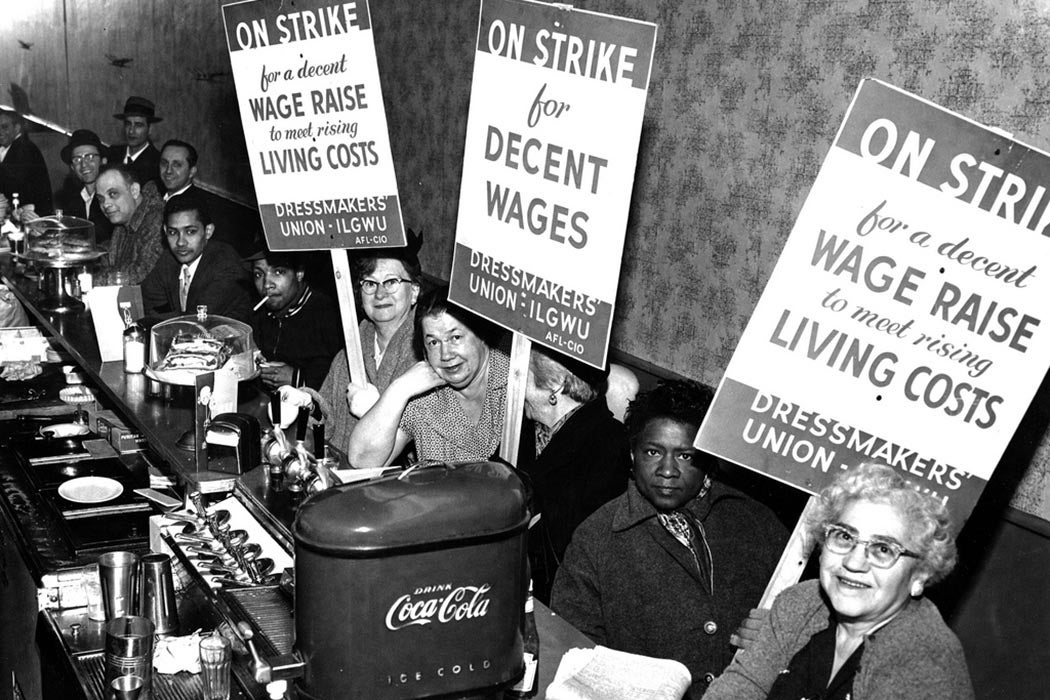As stable working-class jobs with good benefits continue to disappear, economic inequality rises, and groups with ties to white nationalism gain power, left-of-center groups are trying to create a strong movement for a different vision. And yet, in the media and on social media, the progressive side of the political spectrum seems deeply divided by conflicts between mainstream liberal Democrats and left-wing groups.
How should we think about these kinds of divisions? An account of the organizing by unemployed workers in the 1930s by Steve Valocchi may offer some clues.
Valocchi writes that the Communist Party had attempted to organize the unemployed in the early 1920s with little success. But, with the sudden spread of joblessness at the start of the Great Depression, unemployed people gained the power in numbers to become a major force. Sociologists Frances Fox Piven and Richard Cloward have focused on the sheer numbers of aggrieved people as the reason for the movement’s growth.
But Valocchi argues that another key aspect is the variety of national organizations that embraced the cause. Soon a range of local groups with ties to the Communist Party, the Socialist Party, and the Conference for Progressive Labor Action were competing to help these people channel their frustrations into action.
The ultimate goals of these groups were very different, but they all saw the need to focus on the immediate needs of their members, leading to widespread demand for “work or relief.” Valocchi argues that competition actually spurred the groups to get more active, spread to more locations, and try a wide range of techniques, writing:
By 1933, activities of the unemployed workers movement encompassed lobbying for unemployment insurance, organized barter, education and research on unemployment insurance, demonstrations at relief offices, rallies at city hall, and organized squads of the unemployed who would travel throughout neighborhoods and halt evictions and reconnect gas and electric lines.
While unemployed worker activism focused mostly on local and state governments, it seems to have played a significant role in the massive change in federal priorities under the New Deal. Before passing the Emergency Relief Act of 1932, members of Congress spoke about riots and hunger marches on state capitals and local offices. “The powder keg is out yonder; the match is burning,” one congressman warned.
And yet, after the passage of the first pieces of the New Deal, activism by the unemployed declined. Valocchi writes that the federal reforms satisfied many people enough that radical organizing seemed less appealing, and the national leftist groups deployed their resources elsewhere.
Today’s liberals and leftists might draw a few lessons from their counterparts in the 1930s. First, intense ideological disagreements between groups isn’t necessarily a barrier to organizing. Second, it can be useful to combine a range of tactics, from lobbying to protests to direct action. And finally, political work is effective when it happens locally and engages people around the issues they’re experiencing in their own lives.







